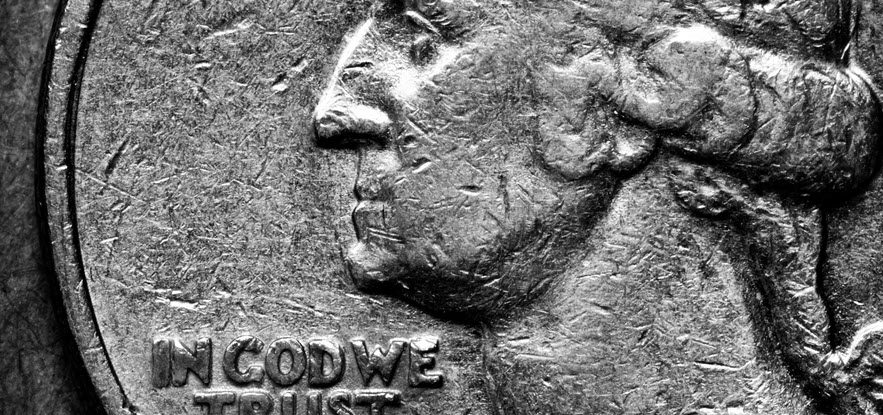Pooled Money: Understanding Unit Investment Trusts

"Don't put all your eggs in one basket." That timeless adage tidily sums up the concept of diversification — a way investors can manage risk in their portfolios by spreading out their investments both among and within different asset classes.
When it comes to financial products that offer diversification, you have no shortage of choices. Unit investment trusts are just one of those options.
Unit investment trusts, or UITs, fall in the same category as mutual funds and closed-end funds. All three are investment companies, which means they pool money from many investors and invest it based on specific investment goals.
The key difference with UITs, however, is once a UIT sets its portfolio, it remains the same for the life of the fund (barring any major corporate events, such as a merger or bankruptcy proceeding) and the fund's term is fixed.
How do they work?
UITs raise money by selling shares known as "units" to investors, typically in a one-time public offering of a fixed number of shares. Each unit represents an ownership slice of the trust and gives the investor a proportional right to income and capital gains generated by the fund's investments, typically either stocks or bonds.
The performance of a UIT's underlying investments, minus fund fees, determines the trust's investment return. Those investments are generally fixed, with a UIT generally holding the securities in which it invests for the life of the fund, which is determined at the time of the fund's initial offering.
UITs are designed to be held for the life of the fund, but investors can usually redeem their shares early should their investment goals change. Some UIT sponsors also allow unit holders to sell their shares on the secondary market to other investors.
What do I need to know?
UITs can vary in their investment strategy, risk profile, performance history, management and fees.
Before you invest in a UIT, it's important to have a firm grasp of a trust's specific investment strategy or goal. UITs can invest in a wide variety of securities, but most focus on stocks and bonds. And the UIT will inherit all the risks associated with the securities in which it invests, such as credit and market risk.
You'll also want to know the termination date of the UIT, which is the date when the trust will dissolve. While that date typically would be 15 months to two years from now, it might be more than 50 years from now. If the date is pretty far off in the future, you'll want a good idea of how easy or difficult it may be to either sell your units to other investors or to redeem your units with the UIT if you should need to.
How much is this going to cost me?
All UITs charge fees, but a small percentage difference in fees can add up to a big dollar difference in the returns on your investment, so it is important to be aware of all the fees associated with any trust you invest in.
Some fees, such as deferred sales charges, creation and development (C&D) fees, and organization costs, are charged at specific times, based on actions you take, and some, such as an annual operating fee, are charged on an ongoing basis.
A UIT's fees are outlined in the trust's prospectus, which you can get from the UIT's sponsor or by searching the U.S. Securities and Exchange Commission's EDGAR database. But you might also face processing or administration fees that your securities firm charges. Be sure to ask your investment professional about any fees before going forward with any investment.
In the past, UIT sponsors have offered sales charge discounts to investors on some purchases, such as when an investor is rolling over money from a prior series UIT. These discounts are not typically available today. It's important to check the prospectus and talk to your financial professional to determine if you might be eligible for such discounts.
What happens at maturity?
If you hold a UIT until its termination date, you'll have a few options. You can typically:
- Do nothing. When a UIT matures, it will liquidate its portfolio and divvy up the proceeds to investors.
- Rollover the investment. Alternatively, investors may be able to have the value of that cash payout rolled over into a new series of the same UIT or another UIT by the same sponsor. Note: While sponsors in the past had sometimes cut investors a break on the sales charge that had been associated with a rollover, those discounts are not commonly offered today. Moreover, you will still have to pay taxes on any capital gains from a rollover, just as you would if you took a cash distribution.
- In-kind distribution. If you really want to continue with the same investment even after a trust terminates, you may under certain circumstances be able to request that the UIT sponsor pay out your portion of the trust in the form of stock in the underlying investments.
Anything else?
While UITs aim to meet a specific objective, such as capital appreciation or income generation, there is no guarantee that any given trust will meet that goal.
Moreover, you may get less than expected if market conditions change, particularly if you are invested in a bond UIT. While bond investors receive the face value of the issuance at maturity, the value of that bond on the market can fluctuate during its life span and can trade below its face value depending on how market interest rates change, or if the company that issued the bond is having trouble paying its debts. For the same reasons, a bond UIT may lose value if its investments are trading below face value.
Investors in fixed income UITs should also be aware of the fund's tax status, as it can be either taxable or tax-advantaged. Additionally, while some fixed income UITs purchase insurance to guarantee scheduled principal and interest payments, that insurance won't protect you in the event that the issuer of the UIT runs into solvency problems.
Beyond that, you should note that some UITs may terminate early under certain conditions. If you are counting on holding a UIT until termination, be sure to note any special early termination conditions in the trust's prospectus.
And finally, if your registered financial professional recommends that you roll over a UIT position to a new UIT before the maturity date, be sure to understand the additional sale charges you’ll incur and to ask how the benefit from the rollover will make up for these costs.
Updated on 4/09/2025



